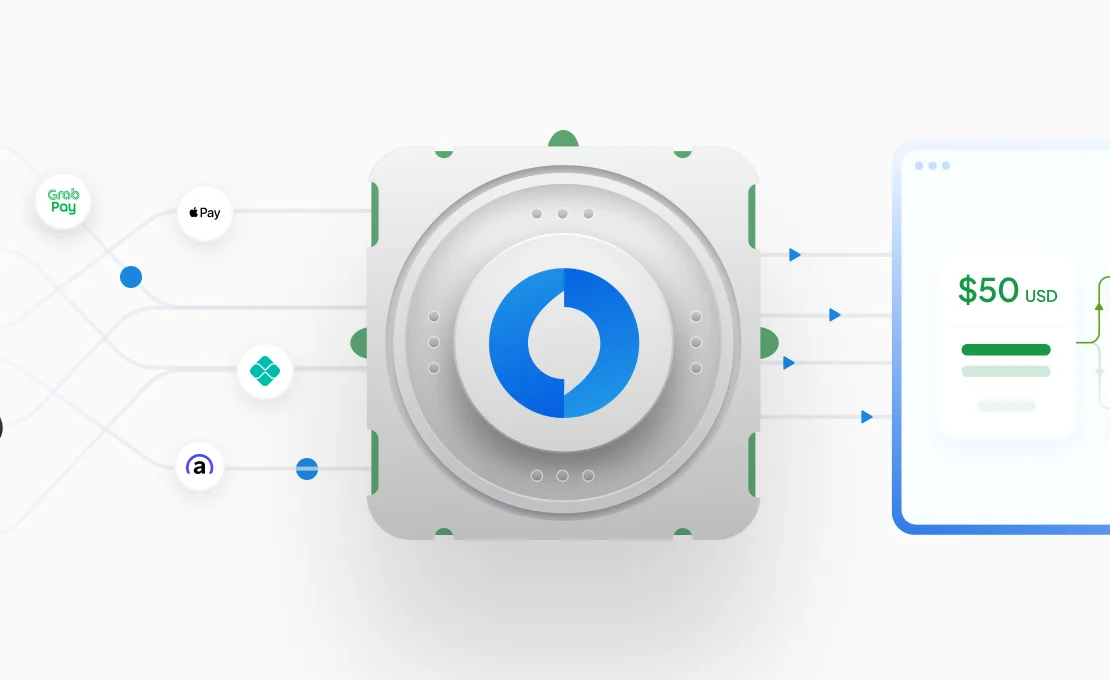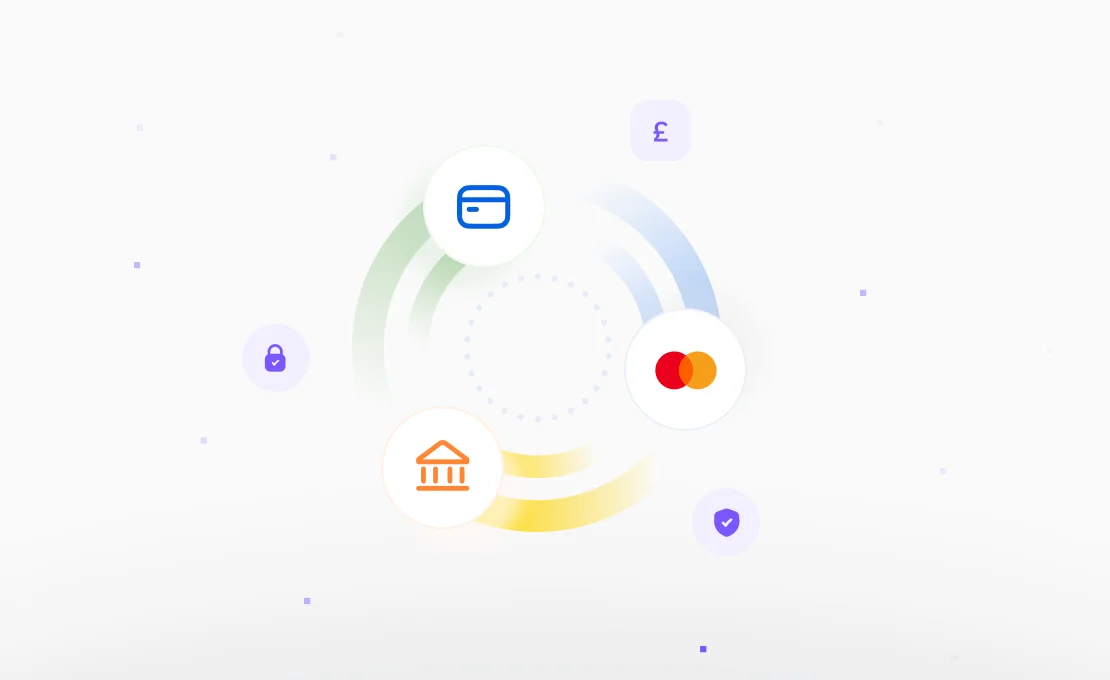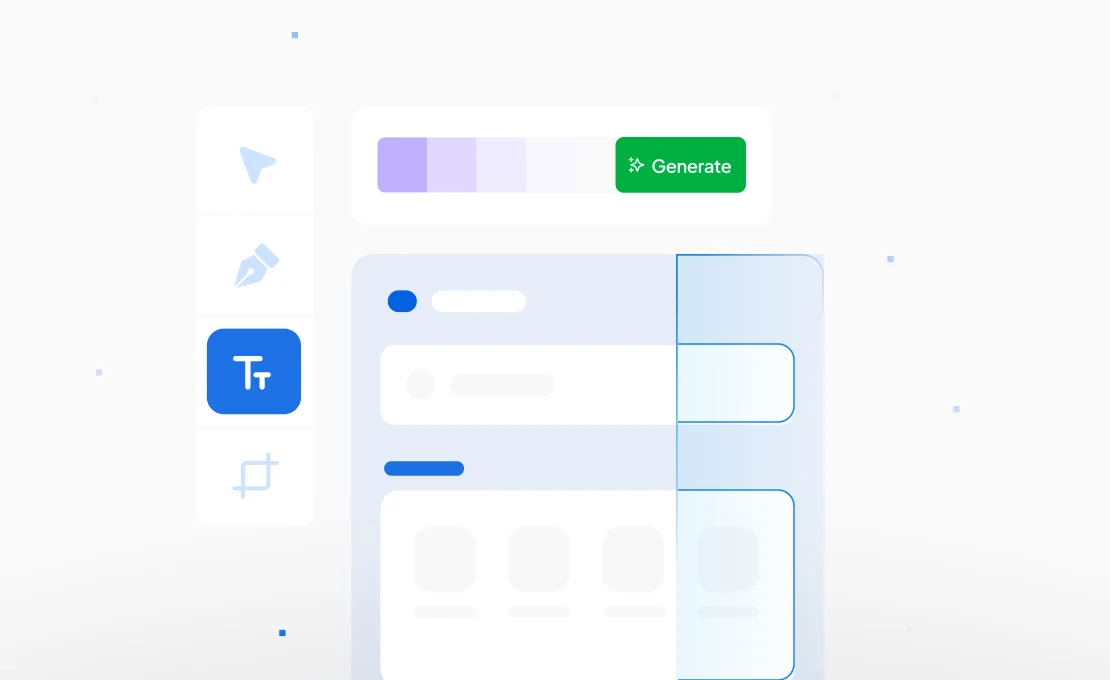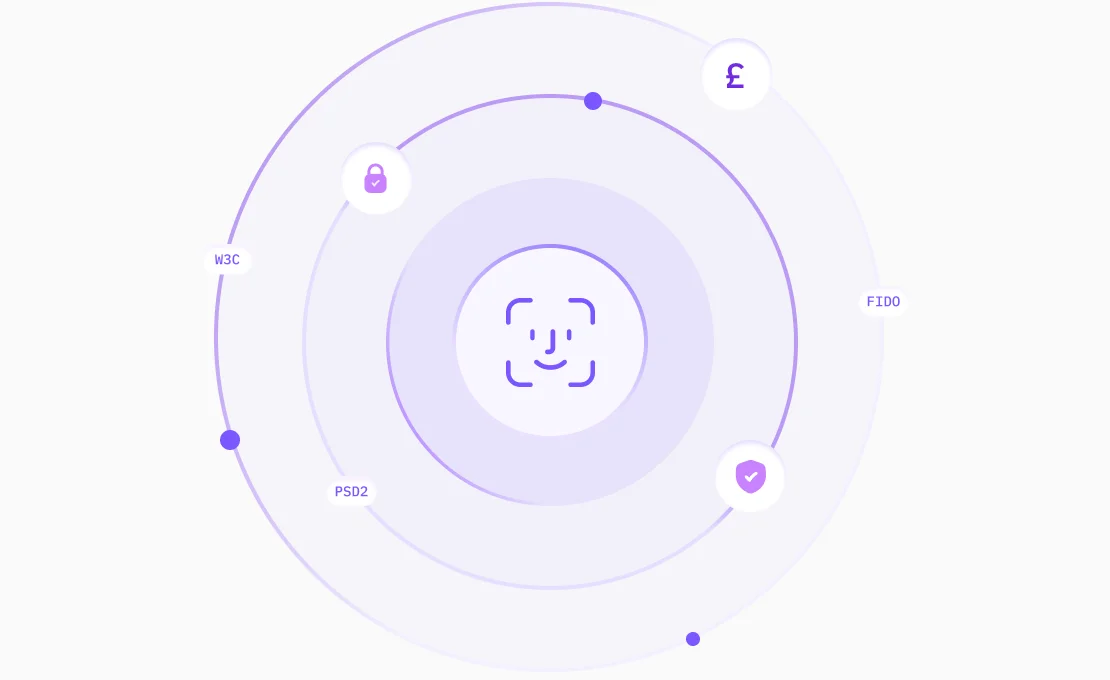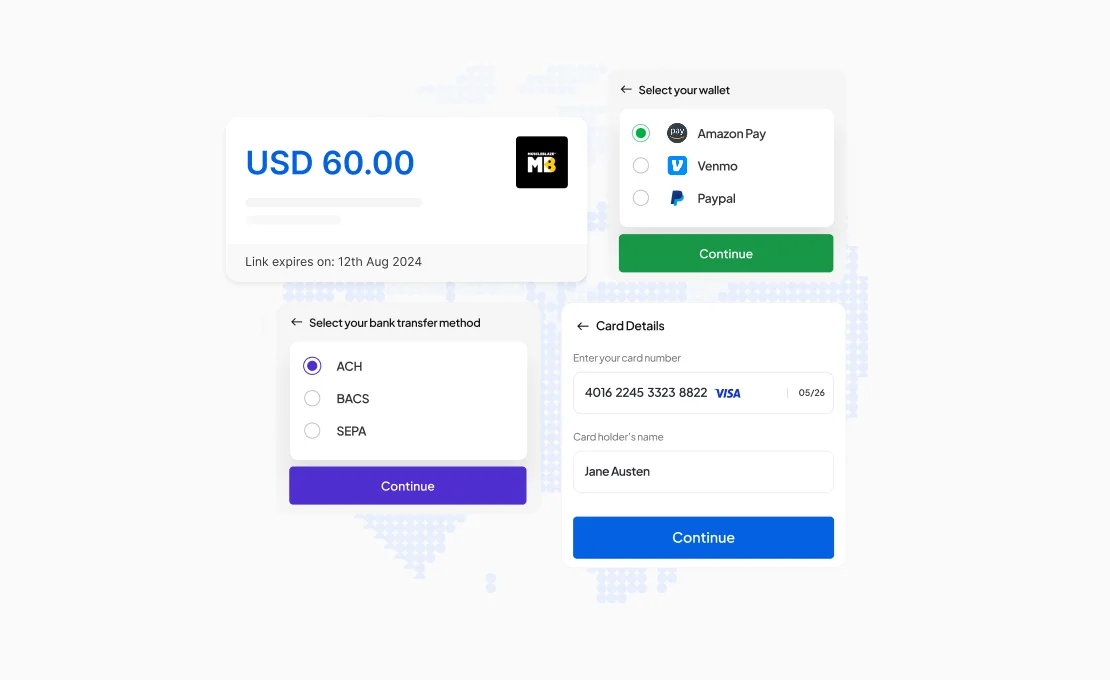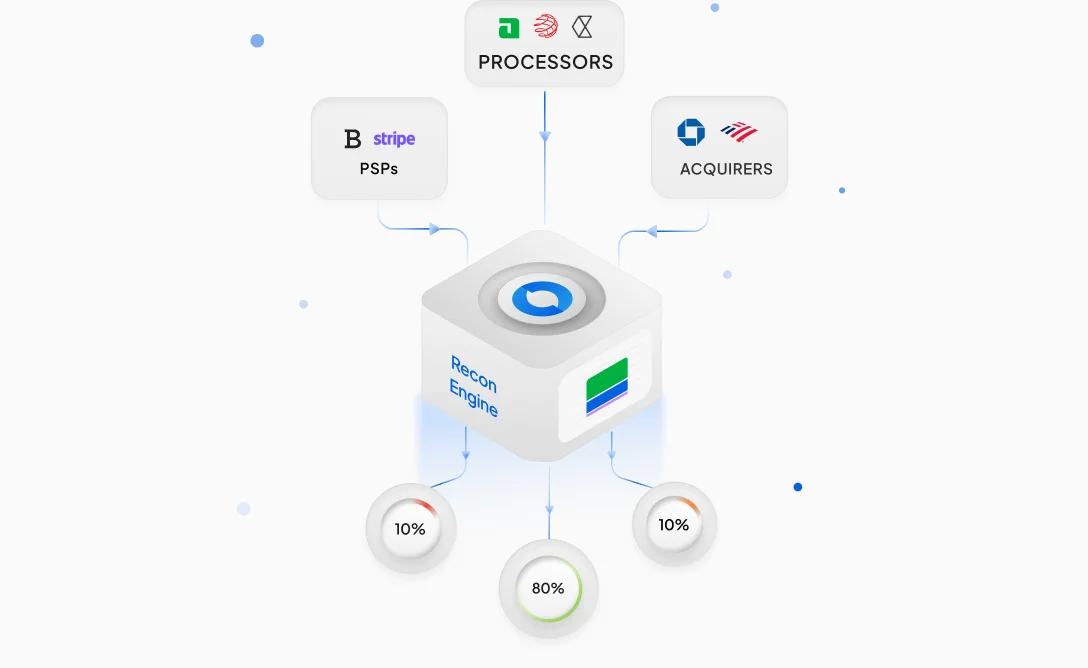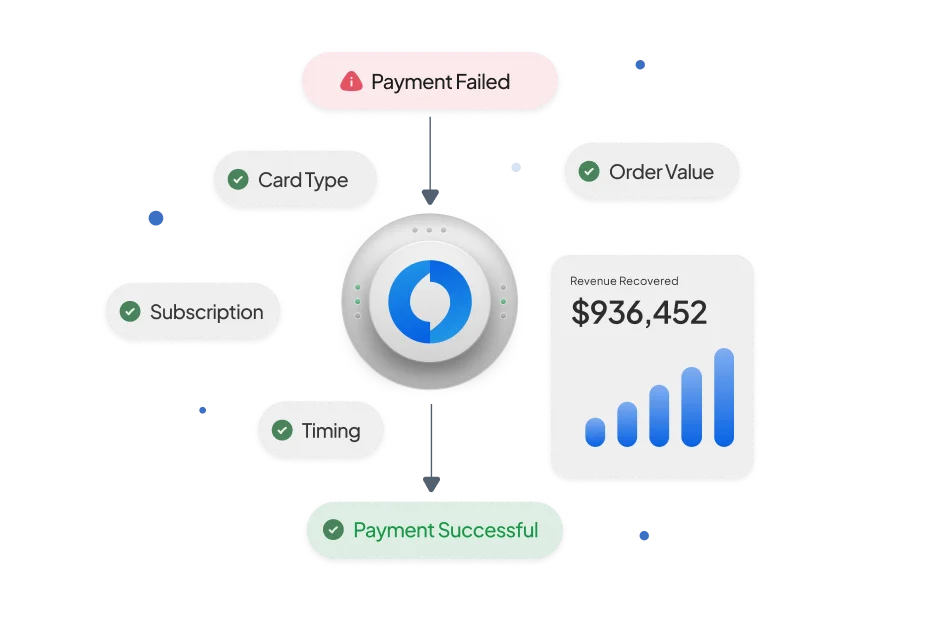For years, payments has been a function engineered for scale, speed, and user experience. Enterprises have built mission-critical stacks to support one-click checkouts, international expansion, multi-provider routing, and high fraud resilience.
But beneath every seamless payment flow lies a complex economic engine– fees. Every transaction triggers a chain of costs involving issuers, card networks, acquirers, and processors. And while these fees may seem like the cost of doing business, they are far from static or transparent.
As volumes grow and operations become more global, merchants begin to feel the weight of these costs. What once appeared manageable now unfolds into a fragmented mix of interchange fees, scheme charges, acquirer margins, and a labyrinth of new network rules each introducing variability and opacity into your unit economics.
The conversation is changing. Payments must now be seen not only as a revenue enabler, but also as a cost control center.
Enterprises today face a harsh reality: even a 10 bps hike in processing cost can translate to millions charged annually. For a merchant with $5B in card volume, reducing payment costs by just 1 basis point (0.01%) results in $500,000 saved every year.
So how do you reduce payment processing costs while maintaining the integrity of your stack? Let's explore different ways to reduce these costs.
Cost Optimization in Payments is a Multi-Stage Journey
Reducing cost isn’t about switching PSPs or reworking contracts overnight. Instead, it’s a continuous process that involves observability, auditing, understanding cost deviations, and strategic forecasting.
Here are five concrete strategies we have seen work for enterprise merchants:
1. Observe Key Metrics
You can’t optimize what you can’t observe.
Payments cost observability means breaking down every transaction into its true components:
- Interchange (issuer fees based on card type and region)
- Scheme fees (Visa, Mastercard, local networks)
- Acquirer/PSP margin
- Downgrades and penalties
- Authorization failures and retry costs
Observation is not about a one-time audit, but a continuous, evolving view of how your cost stack behaves day-by-day, provider-by-provider.
For instance, a merchant in Europe discovered that 22% of their Visa transactions were downgraded without clear visibility resulting in €2.1M annually in losses.
In another case, retry loops after failed authorizations were routed through the most expensive rails. By adjusting retry logic to prioritize low-cost acquirers, the merchant saved $600K annually.

2. Audit Your Invoices and Fee Rates
Every PSP offers a rate card. But few merchants reconcile it transactionally.
Invoice auditing means back-calculating what fees should have been applied based on actual transaction parameters and comparing it against what you were charged.
This reveals:
- Hidden markups from acquirers
- Discrepancies in agreed vs. applied rates
- Unexplained surcharges (e.g. authorization fees, scheme pass-throughs)
But the true value lies beyond just detection.
When done continuously, auditing might uncover long-term patterns such as gradual margin reduction, penalties due to inconsistent data fields, or unjustified fee increases following network updates. It helps surface silent revenue leakage that providers may not flag, and arms you with transaction-level evidence to challenge errors and renegotiate contracts.
Without automated invoice integrity checks, these issues often go undetected for months. At enterprise scale, that means millions lost in avoidable processing costs.
3. Understand Your Cost Spikes
Cost spikes are where the pain hides. Sudden fee increases can often come from:
- New network fee introductions (e.g., Visa Digital Commerce Fee)
- Rising cross border transactions
- Higher usage of premium or commercial cards
- Failure to meet qualification criteria (e.g., Level 2/3 data, AVS mismatch)
The goal is not just to flag anomalies but to understand the why and build the response into your payment flow.
You should understand cost analytics that correlate spikes with volume, geography, payment method, card brand/class, and provider behavior so you fix root causes, not symptoms.
4. Manage Optimization Flows
Cost control requires execution not just visibility. You need orchestration flows that:
- Route transactions dynamically based on cost efficiency
- Detect and fix downgrade-prone transactions (e.g., missing AVS, tax data)
- Retry failed payments on cheaper/efficient rails
- Adapt quickly to new network rules (e.g., 3DS flows, token requirements)
These flows aren’t one-size-fits-all, they must reflect your business priorities, whether it’s minimizing cost or boosting auth rates
Optimization is no longer about static rulebooks coded months ago. It’s about real-time programmability building systems that can respond to cost anomalies, data quality flags, and network behavior dynamically.
At scale, these workflows become your automated cost defense layer, continuously executing your payment strategy with precision.

5. Forecast Your Payment Costs
Most merchants don’t forecast payment costs. They forecast revenue, CAC, but treat payment fees as a fixed pass-through.
This is dangerous.
With card network fees changing semi-annually, and card mix shifting daily, your effective cost rate can swing by 20–40 bps in a quarter without any new user growth.
Forecasting helps you:
- Run simulations for upcoming fee changes (Visa, Mastercard April/Oct updates)
- Model cost impact of card mix shifts (e.g. more corporate cards in B2B, more cross-border wallets)
- Proactively change routing or pricing before the cost hits your margin
Forecasting is a necessity for margin-aware, growth-stage enterprises operating across diverse payment geographies and user segments. It turns your payment cost strategy from reactive to preemptive.
Why Manual Cost Optimization Fails
Each of the above sounds simple but doing this manually at enterprise scale is near-impossible:
- Provider reports may not expose the raw fee components and at a detailed level.
- Reports can come in different formats (CSV, XLS, PDF, APIs)
- There is no rule engine to calculate “expected” fees
- Forecasting requires deep coordination across payment, finance, ops, and engineering, with added complexity when modeling across multiple regions, business units, card mixes, and provider contracts.
This is where the Juspay Cost Observability tool helps build a unified cost observability module so payment, finance, and ops teams can get one shared truth of payment costs, and take control.
We have spent over a decade building critical payments infrastructure for enterprises. Our Cost Observability module helps you:
- Observe every component of card fees across regions, providers and business units.
- Detect cost spikes, penalties and understand their root causes
- Perform integrity checks on your provider invoices
- Forecast fee changes before they hit the P&L
The most forward-looking merchants already treat payments like cloud costs or CAC: observable, forecastable, and optimizable.
With Juspay Cost Observability tool, cost becomes not just observable but programmable and optimizable at scale.Experience Juspay Cost Observability tool demo today. Explore the dashboard with synthetic data that represents real word use cases.
Frequently Asked Questions
1: Does tokenization affect my processing costs?
Yes. Network tokenization (e.g. via Visa Token Service or Mastercard MDES) may reduce fraud risk and qualify for lower interchange in some regions. But depending on your PSP and use case, it may also introduce new fees or impact routing flexibility.
2: What is least-cost routing, and why doesn’t every merchant use it?
Least-cost routing (LCR) sends debit transactions through the lowest-cost network (e.g. domestic rails vs. global schemes). It’s powerful in markets like the U.S. and Australia. However, adoption is limited by provider support, fraud rules, and technical complexity in orchestration.
3: Are scheme and network fees consistent across providers?
Scheme fees (Visa, Mastercard) are generally uniform, but providers differ in how they pass them through, bundle them, or apply additional service charges. Two providers may handle the same transaction differently in terms of cost exposure.
4: What are silent cost escalations, and how do they go unnoticed?
Silent escalations are subtle increases in margin, new micro-fees, or downgrade-related penalties that creep in without alert. They're often hidden within aggregated fee buckets or masked by blended rates only discoverable through detailed transaction-level analysis.
5: Is there a standard way to track cost spikes across PSPs?
No standard exists. Each PSP formats fee data differently, and most don't highlight cost spikes. To track these systematically, you need a unified observability layer that normalizes data and surfaces time-series anomalies across providers.
6: What makes payment cost forecasting harder than forecasting other business expenses?
Payment costs are dynamic, shaped by external forces (network updates, cardholder behavior) and internal ones (routing logic, retry flows, expansion plans). Unlike fixed contracts or recurring SaaS spend, card fee structures shift subtly and frequently, making accurate forecasting a cross-functional challenge.
